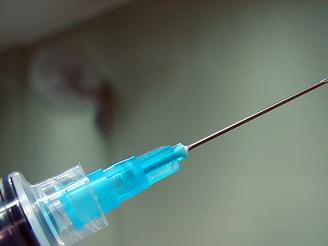Aussie app a shot to e-health

A mobile application is set to ease the burden of rehabilitation on the health system by allowing patients to report their conditions to doctors through their phone handsets.
The application can report a patient's exercise routine, diet, weight and other health conditions to health carers using smartphone functionality such as an accelerometer, which measures propulsion, and an on-board camera.
Clinicians can log into a web portal to check the patient's distance travelled when jogging, review photos of their food, and monitor consumption of cigarettes and alcohol. They also issue motivational SMSes and conduct weekly tele- and video-conferences with patients.
The Australian e-Health Research Centre, which developed the application, is also creating mobile tools to capture and analyse a patient's heart rate using wearable sensors.
Chief executive officer Phil Gurney said less than 15 per cent of patients return to hospital to complete traditional rehabilitation.
"The rehabilitation rate is especially poor considering that if patients change lifestyle they can relive the health system," Gurney said.
"But at the moment, rehab doesn't always fit into their schedules."
The app is midway through a year-long randomised clinical trial at the Prince Charles Hospital in Queensland and has seen a considerably larger percentage of patients maintaining rehabilitation via the program than through the hospital, according to Gurney.
Divine swine
The centre's Patient Admission Prediction tool, created to help better scale emergency room resources to demand, has been somewhat inadvertently adapted to predict winter swine flu outbreaks.
"We established that we can identify the amount of people we will admit and discharge," Gurney said. "We can say, 'next Thursday is going to be a busy day'."
But the program, used in all Queensland hospitals after some three years of planning, hit a snag last year during a peak in swine flu incidents. "We didn't get the right answers for what we were receiving," Gurney said.
The tool was specifically adapted to deal with the flu and is now, Gurney said, the most accurate predictions application of its kind.
The application can now generate real-time predictions for winter flu surges, and Gurney is working with Queensland Health to further develop the tool.
Healthy research
Speedy and targeted e-health research development can save lives, but the sector is often tardy, Gurney said.
"If the public is paying for research, then it should address the big challenges with the public and make a difference in lives," he said. "In medicine, you are dealing with lives so you must make sure what you're doing is proven."
He said some e-health developments are based on research that is more than three years old.
"Some opportunistic researchers take advantage of grants without having measured the effect of their work in life," Gurney said.
